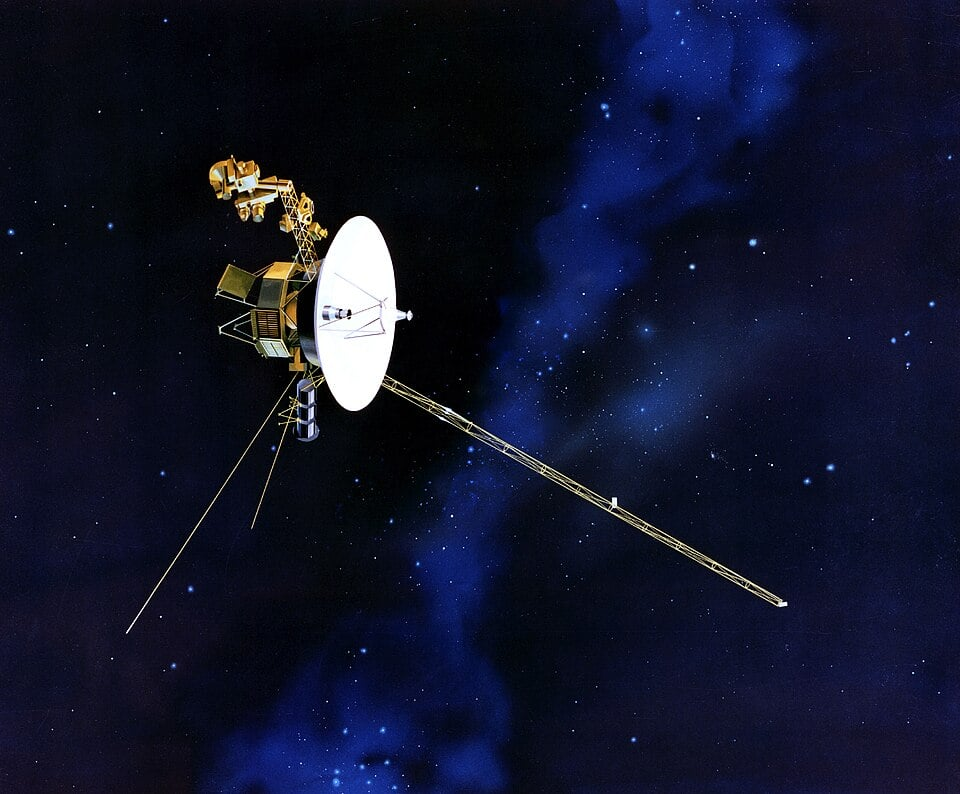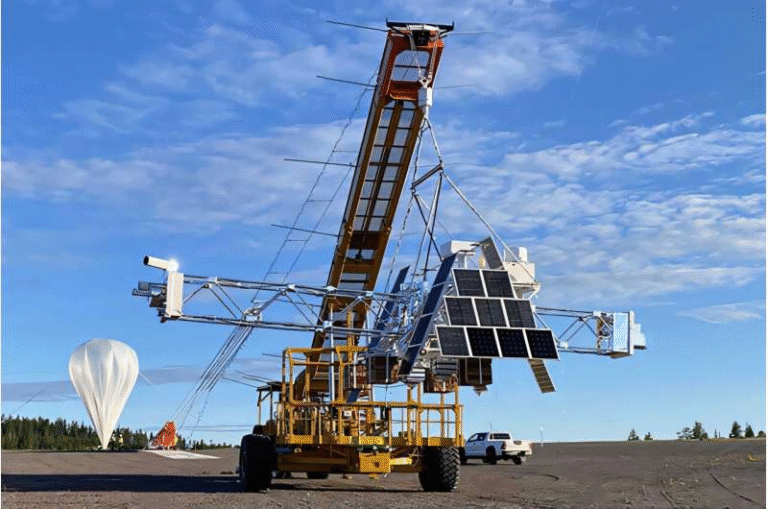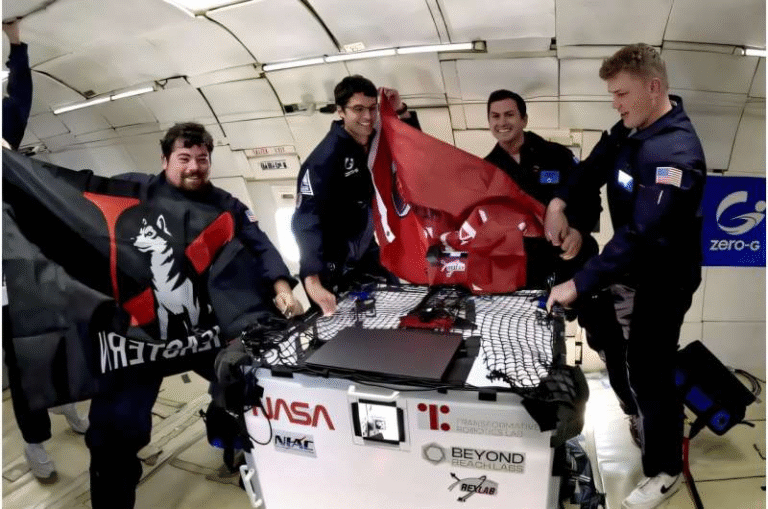The Future of Propellantless Space Travel Takes Shape With New Research

A new scientific review is stirring up excitement about what could become a major turning point in space exploration: the rise of propellantless propulsion. For more than a century, spacecraft design has been held back by one stubborn rule—rockets must carry their own fuel. And the more fuel you load, the heavier the spacecraft gets, which then requires even more fuel just to lift the initial fuel. This limitation, rooted in the classic Tsiolkovsky rocket equation, has long made interstellar travel seem almost unreachable.
But what if a spacecraft didn’t need to carry any propellant at all?
A newly posted review paper by Roman Ya. Kezerashvili on the arXiv preprint server dives deep into this question, exploring propulsion systems that tap into natural celestial forces and external energy sources rather than conventional combustion. These propellantless systems won’t replace rockets anytime soon, but the review makes it clear that they offer promising pathways toward missions that would otherwise be impossible.
Below is a breakdown of all the core ideas and details from the review, plus additional context to help explain the technology behind these futuristic concepts.
Understanding Why Propellantless Propulsion Matters
All conventional rockets rely on burning fuel and ejecting mass backward to generate thrust. This is due to Newton’s third law, which ensures that for every action there is an equal and opposite reaction. In practice, this means rockets must haul huge amounts of propellant—sometimes up to 90% of their total launch mass. As missions grow more ambitious, especially those aiming beyond our solar system, the rocket equation starts feeling like a brick wall.
Propellantless propulsion tries to rewrite the rules. Instead of carrying chemical fuel, these systems either use environmental forces or rely on physics that doesn’t require mass ejection. They promise lighter spacecraft, more flexible missions, and potentially huge gains in travel range.
Gravity Assists: The Propellantless Method That Already Works
Among the techniques covered in the review, the gravity assist is the only one being used right now. It’s not new—engineers have used it for decades. When a spacecraft swings past a planet, it can gain speed by “stealing” a minuscule amount of that planet’s orbital momentum. It’s not magic; it’s physics and careful timing.
The Voyager missions famously used gravity assists to visit the outer planets. With precise alignment, these maneuvers made it possible to reach Neptune and Uranus without carrying absurd quantities of fuel.
But gravity assists have limitations:
- They require planets to be in very specific positions.
- Mission timing becomes extremely inflexible.
- Opportunities may appear only once every few decades.
Still, they remain one of the most reliable ways to gain speed without burning fuel.
Solar Sails: Riding on Sunlight
Solar sails harness the pressure of sunlight. Photons may have no mass, but they do carry momentum, and when they bounce off a reflective surface, they impart a small push. Spread that push over a gigantic, gossamer-thin membrane, and you get a steady, continuous acceleration.
Important details from the review:
- Japan’s IKAROS spacecraft demonstrated solar sailing successfully in 2010.
- Solar sails require enormous, lightweight structures.
- They must withstand harsh space conditions for years.
- Their effectiveness drops sharply with distance from the Sun.
A solar sail doesn’t offer dramatic bursts of speed, but over months or years, the steady acceleration can add up to impressive velocities. This makes solar sails especially appealing for long-duration exploration missions.
Magnetic Sails: Using the Solar Wind for Thrust
Magnetic sails (or “magsails”) take a different approach. Instead of reflecting sunlight, they interact with the solar wind—a constant stream of charged particles flowing from the Sun.
A magnetic sail uses large superconducting loops to create a magnetic field that deflects these charged particles. The momentum transfer produces thrust.
Key details:
- The loops may need to be tens of kilometers in radius.
- They must operate at cryogenic temperatures.
- We currently lack the technology to build or deploy such enormous structures in space.
But if these challenges can be solved, magnetic sails offer several advantages:
- They won’t degrade like reflective solar sail materials.
- They could harness solar wind more effectively than photon reflection.
The review notes that magnetic sails remain purely theoretical for now, but their potential is remarkable.
Electric Sails: Pushing Against Solar Wind Protons
Electric sails (also known as “E-sails”) represent a more lightweight version of magnetic sails. Instead of generating a magnetic field, they use long, thin wires charged to high voltages. These wires repel positively charged solar wind particles, creating thrust.
Specific points highlighted in the review:
- Electric sails promise lighter spacecraft than magnetic sails.
- They require extremely long tethers, potentially tens of kilometers.
- Maintaining their charge requires significant electrical power.
- Their long wires are vulnerable to micrometeoroid impacts.
Despite the challenges, electric sails have attracted growing interest because they could deliver good thrust-to-weight ratios without the need for massive structures or cryogenic systems.
Quantum Vacuum Propulsion: Speculative but Intriguing
One of the more speculative sections of the review touches on ideas related to quantum vacuum fluctuations—phenomena associated with the Casimir effect. This category is not mission-ready, nor is it fully understood, but the inclusion underscores the curiosity driving modern propulsion research.
The review emphasizes:
- These ideas are purely theoretical.
- No experimental evidence supports practical propulsion based on vacuum energy.
- If harnessed, the implications would be revolutionary.
For now, these ideas remain in the realm of advanced theoretical physics.
The Bigger Picture: Why These Approaches Matter
The review stresses that no single propellantless method will solve all challenges. Gravity assists excel in specific scenarios. Solar sails work well near the Sun but weaken with distance. Magnetic and electric sails look promising but require major breakthroughs in materials, power systems, and deployment mechanisms.
However, taken together, these approaches offer a roadmap for future missions where carrying fuel is simply not feasible. For interstellar missions—where rockets would require impossible amounts of propellant—propellantless propulsion might become essential.
Extra Insight: Why the Rocket Equation Is So Limiting
To understand why researchers are so interested in propellantless methods, it helps to look at the rocket equation itself. In simplified form:
Velocity gain depends logarithmically on the ratio of total mass to final mass.
This means:
- Want twice the speed? You need exponentially more fuel.
- Adding payload makes things even worse.
- At interstellar scales, even nuclear propulsion strains under fuel requirements.
Propellantless propulsion sidesteps this entire problem by removing propellant from the mass budget.
What’s Next for Propellantless Travel?
The review calls for:
- Better materials for sails.
- Advances in superconductors.
- Tests of long tethers in space.
- New deployment and control technologies.
- Hybrid propulsion systems combining more than one method.
It’s clear that propellantless propulsion isn’t a distant fantasy. It’s a growing field with multiple promising paths—and this new review is one of the most comprehensive summaries yet.
Research Paper:
Propellantless Space Exploration – Roman Ya. Kezerashvili
https://arxiv.org/abs/2510.21743





